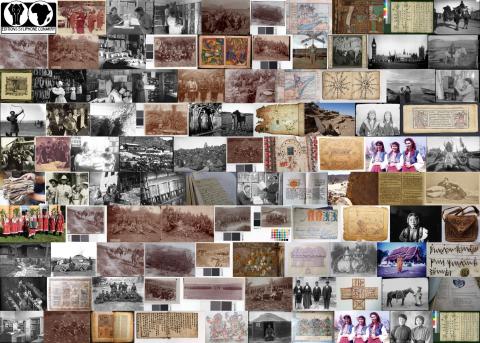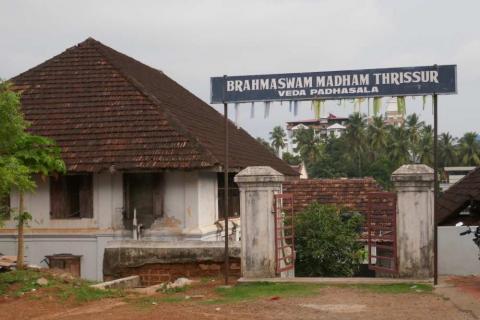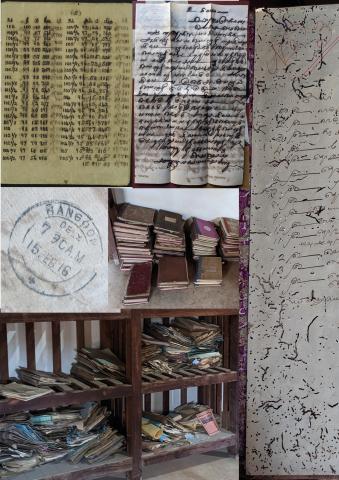
Aims and objectives
The Digital Music Archiving Project is a combination of two separate projects in which technical and human resources can be best shared. The two parts retain their individual focus and distinct character, but the staff and equipment are common to both.
1. Digital Archive of North Indian Classical Music: Phase II with emphasis on Special Collections
The Digital Archive of North Indian Classical Music was initiated in 2004 as part of the School of Cultural Texts and Records at Jadavpur University, Kolkata. The aim at inception was to create a collection of digitised recordings of North Indian classical music, and by 2007 a collection of about 1,000 hours was digitised, catalogued and made available. This new project will concentrate on performances of artists usually under-represented in large general collections. This appears to be because these artists performed within a limited geographical range, and their music did not circulate widely; certain styles like the ancient dhrupad were less popular, and hence survived in fewer copies.
It is estimated that another 1500 hours of recordings will be digitised in the next 24 months, which would be in part selective and focused, concentrating on particular artists, styles, genres and instruments. Prominent among them would be the dhrupad style of singing and the music of the rudra-veena, surasringar and surbahar. There would also be an attempt to acquire recordings of artists less recorded and circulated, but of great historical importance. Most of these collections are held by different collectors in and around Kolkata.
2. Digital Archive of Bengali Songs
This part of the project will digitise a collection of Bengali songs from 78rpm shellac disc records. The first commercial recording in India was made at Kolkata (then Calcutta) in 1902. These records, for the first time, enable us to preserve as an archive what was earlier an oral and performative, hence unrecorded, tradition.
The kind of material to be digitised consists of all types of popular (non-classical) Bengali songs, such as folk, devotional, romantic, comic, songs from theatre and complete musical dramas in the folk tradition etc. Many of these songs actually go back to the 19th century but have been put in recorded form only in the 20th. Unless they are preserved properly, some remarkable specimens of Bengali music, and the rare voices of many eminent artistes will be irretrievably lost. A private collector has approximately 9,000 records in his collection, spanning the entire period of recording in India. The physical condition of these records is mostly satisfactory to allow them to be copied. However, if the work of preservation of these records is not taken up now, this huge collection of Bengali songs and music will be lost for ever. Quick and proper action is needed to save it by transferring the records to digital mode, as the old 78 rpm records are made of shellac, which is very fragile. Approximately 4,000 songs will be digitised and thereby preserved from the oldest and most valuable portion of the collection, from 1902 to 1937.
Outcomes
The project succeeded in digitising 16 collections in whole or part, contributed by private collectors, musicologists and musicians. This totalled 6,860 tracks amounting to 1,670 hours of listening time.Together with the recordings previously digitised (partly under EAP132), the Archive of North Indian Classical Music at Jadavpur University now contains one of the largest collections of North Indian classical music in the country. A digital copy is housed at the School of Cultural Texts and Records at Jadavpur University and a copy has been deposited with the British Library. In addition, individual collectors have received a copy of their material.




